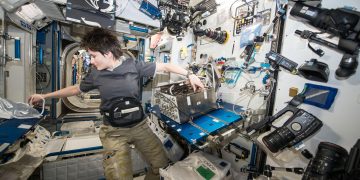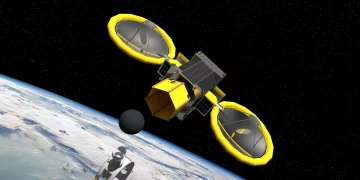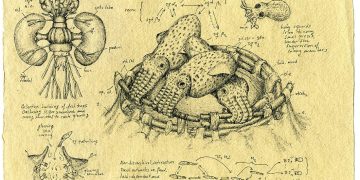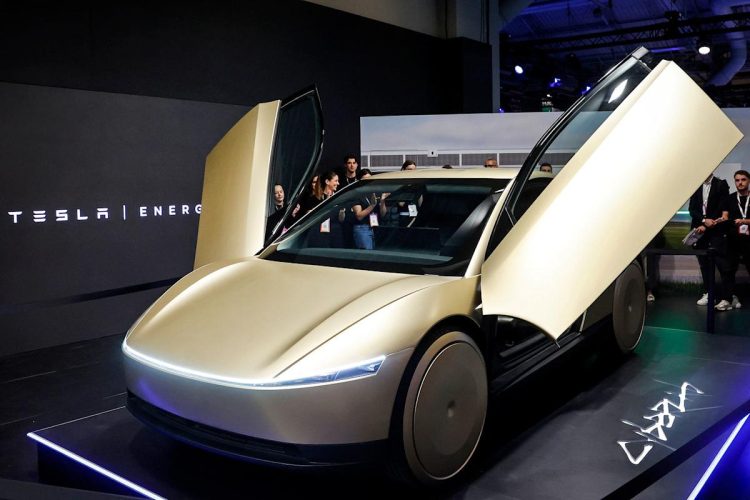The Viral #FSDChickenChallenge and Its Origins
In late 2024, a seemingly innocuous TikTok trend exploded into a full-blown crisis for Tesla’s highly anticipated Full Self-Driving (FSD) Beta software. Dubbed the #FSDChickenChallenge, the viral social media phenomenon began as a playful dare: Tesla drivers filmed their cars attempting to navigate roads littered with live chickens. The challenge encouraged users to test the limits of Tesla’s autonomous driving system by placing or leading flocks of chickens across or near streets to observe how the AI would respond.
The challenge caught fire quickly, fueled by the combination of internet humor, the natural unpredictability of animals, and the ongoing public fascination with Tesla’s ambitious driverless technology. Clips amassed millions of views as people shared Tesla’s sometimes bewildered reactions—sudden braking, erratic steering, and occasional halts that brought traffic to a standstill.
What started as a prank soon exposed deeper vulnerabilities in Tesla’s FSD Beta software, sparking intense scrutiny from regulators, competitors, and the broader automotive industry. The #FSDChickenChallenge wasn’t just a quirky internet fad; it became a stress test for one of the most advanced AI driving systems on the road.
AI Misjudgment: When Chickens Become Obstacles
At the heart of the challenge’s impact was Tesla’s FSD Beta’s inability to accurately interpret poultry on or near the road. Tesla’s autonomous driving system relies on a complex fusion of cameras, radar, ultrasonic sensors, and neural network-based AI models to detect and classify objects in its environment.
However, the sudden appearance of multiple small, fast-moving animals like chickens posed a unique problem. The AI frequently misclassified flocks as obstacles too large or unpredictable to safely navigate around, leading to abrupt and excessive emergency braking or unnecessary swerving maneuvers. These false positives triggered safety protocols that, ironically, compromised traffic flow and increased risk in certain situations.
The erratic responses were not isolated incidents. Numerous users reported their Teslas engaging in multiple sudden stops within short distances, creating hazards for following vehicles and frustrating human drivers. In several cases, traffic jams formed as Teslas hesitated or stopped unexpectedly in busy intersections or narrow streets, unable to safely process the unpredictable animal movements.
Experts analyzing the situation identified fundamental challenges in training AI vision systems with rare or unpredictable objects like animals that do not conform to standard object recognition datasets. Chickens, with their size, erratic motion, and group dynamics, presented a novel obstacle class that Tesla’s FSD models were ill-prepared to handle. The situation revealed a gap in the robustness and adaptability of AI perception critical to full autonomy.
Tesla issued several software updates attempting to refine object classification and reduce false emergency braking events. Yet, as long as the challenge persisted on social media, user-generated test cases continued exposing edge cases where the system faltered.

Waymo’s Reaction: Pausing Data Sharing Amidst Rising Concerns
The fallout from the #FSDChickenChallenge extended beyond Tesla, rattling the entire autonomous vehicle sector. Waymo, Tesla’s chief rival in the self-driving arena and a pioneer in deploying autonomous vehicles on public roads, responded with notable caution.
Waymo had been sharing vast amounts of driving data collected from its autonomous fleets to accelerate AI training and safety improvements industry-wide, including partnerships with regulatory bodies and other manufacturers. However, the unpredictable nature of the TikTok challenge and Tesla’s visible struggles underscored the risks of relying on incomplete or narrowly trained datasets.
In early 2025, Waymo publicly announced a temporary halt on sharing real-world road data with third parties to reassess the implications of emerging edge cases like those highlighted by the chicken challenge. Their statement emphasized the necessity for comprehensive scenario coverage in training datasets and the importance of enhanced AI validation protocols before broad data distribution.
This move sent ripples through the industry, raising questions about transparency, collaboration, and the pace at which self-driving technologies should be deployed on public streets. It also prompted regulators to increase scrutiny of autonomous driving systems, mandating more rigorous stress testing in unpredictable real-world conditions, including interaction with animals and unconventional obstacles.
Broader Industry Implications: Trust, Safety, and the Road Ahead
The #FSDChickenChallenge illuminated a fundamental tension in autonomous vehicle development: the challenge of designing AI that can operate safely and reliably in highly variable and often chaotic real-world environments.
Tesla’s experience showed that even advanced neural networks and sensor arrays could be vulnerable to novel stimuli outside their training scope. This realization underscored the need for more diverse and exhaustive data collection, encompassing not only common traffic elements but also rare, unpredictable incidents.
Public trust also took a hit. Viral videos of Teslas abruptly stopping or behaving unpredictably reinforced skepticism among those wary of handing over control to machines. Consumer confidence is critical as automakers push toward fully autonomous vehicles, and incidents—even if caused by unusual circumstances—can slow adoption.
Furthermore, regulatory agencies worldwide began drafting new guidelines requiring self-driving systems to demonstrate safe handling of a broader range of scenarios, including animal crossings, erratic pedestrians, and unexpected environmental variables. The emphasis shifted from purely technical performance metrics to real-world resilience and fail-safe mechanisms.
Tesla doubled down on its software development, accelerating improvements in AI perception algorithms and edge case recognition. The company also launched public awareness campaigns encouraging responsible use of FSD Beta, urging drivers not to intentionally confuse or challenge the system with unsafe tests.
Meanwhile, other automakers and tech companies intensified collaborations with wildlife experts and behavioral scientists to better model animal movements in urban and rural driving environments. This interdisciplinary approach aims to improve the nuance of AI decision-making in unpredictable biological contexts.
Conclusion: Lessons Learned from a Viral Trend
The #FSDChickenChallenge was a unique intersection of internet culture and cutting-edge technology that unexpectedly tested the limits of autonomous driving. It demonstrated how viral social media trends could surface genuine technological vulnerabilities, forcing rapid reflection and adaptation across the industry.
Tesla’s challenges with poultry detection revealed that achieving true autonomy requires more than advanced hardware and deep learning—it demands comprehensive, real-world scenario preparation and a willingness to respond transparently to failure modes. Waymo’s data-sharing pause highlighted the necessity for cautious collaboration and rigorous validation in the face of emerging unknowns.
As autonomous driving technology continues to evolve, the #FSDChickenChallenge will likely be remembered as a pivotal moment—a reminder that the road to self-driving cars is as much about managing human unpredictability and ecological realities as it is about algorithms and sensors.
The industry’s ability to learn, adapt, and engage openly with users will determine whether full autonomy becomes a safe, trusted reality or remains an elusive goal. For now, the chickens have clucked loudly enough to make their presence felt in the development of the world’s smartest cars.


















































Discussion about this post